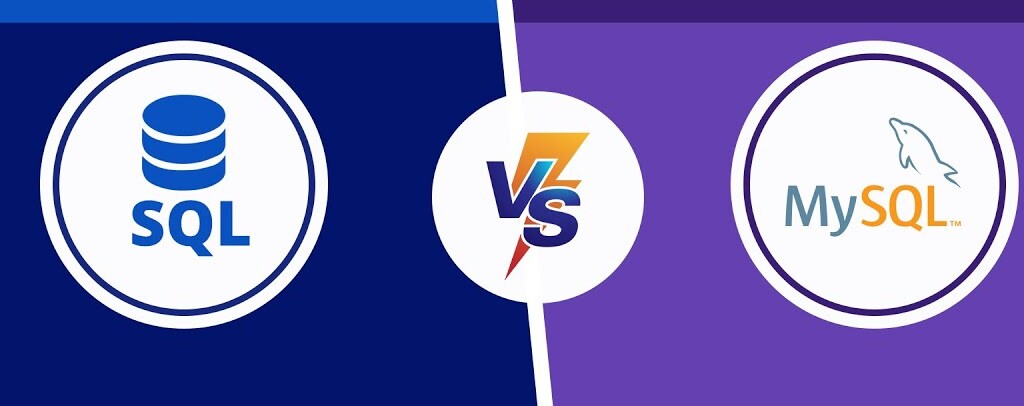In the realm of database management, several tools and technologies help in the efficient organization, storage, and retrieval of data. Two of the most commonly discussed terms in this domain are SQL and MySQL. Although closely related, they serve distinct purposes and are often misunderstood. This article aims to clarify the differences between SQL and MySQL by examining what each is, how they function, and their key differences.
What is SQL?
SQL, or Structured Query Language, is a powerful programming language specifically designed for managing and manipulating data within relational databases. Developed by Microsoft, SQL is the industry standard for interacting with database systems, allowing users to perform various operations such as querying, updating, and managing data. SQL is known for its structured format and syntax, which provides consistency and ease of use across different database systems.
SQL can be used to perform a wide range of data-related tasks, including:
- Data Querying: Retrieving specific data from large datasets using the
SELECTstatement. - Data Manipulation: Modifying existing data through
UPDATE,INSERT, andDELETEoperations. - Database Structure Management: Creating and altering database structures like tables and indexes using
CREATE TABLE,ALTER TABLE, etc. - Access Control: Managing permissions and access levels through
GRANTandREVOKEcommands.
SQL is foundational to many database systems and is often referred to as the “lingua franca” of databases.
What is MySQL?
MySQL is a widely-used Relational Database Management System (RDBMS) that operates using SQL as its core query language. Developed initially by MySQL AB and later acquired by Oracle Corporation, MySQL is open-source, making it a popular choice for developers and businesses alike. MySQL provides a flexible platform for storing, retrieving, and managing data within relational databases.
Unlike SQL, which is a language, MySQL is an actual system that uses SQL to execute commands and manage databases. MySQL supports various storage engines, offers scalability, and is designed to handle large datasets and complex queries.
MySQL is often used in web development, data warehousing, and logging applications due to its speed, reliability, and ease of integration with various programming environments.
Key Differences Between SQL and MySQL
While MySQL utilizes SQL for its operations, several critical differences distinguish the two:
| Criteria | SQL | MySQL |
|---|---|---|
| Definition | A language used for managing data in relational databases. | An RDBMS used for storing, managing, and structuring data. |
| Type | A programming language. | A relational database management system. |
| Development | Developed by Microsoft. | Developed by MySQL AB, now owned by Oracle Corp. |
| Syntax | Fixed syntax and standardized commands. | MySQL follows SQL standards but also includes extensions. |
| Storage Engine Support | Generally supports a single storage engine. | Supports multiple storage engines, offering flexibility. |
| Security | Generally secure as it restricts third-party modifications. | Less secure, allowing third-party modifications and extensions. |
| Database and Server Relationship | Operates independently of the database server. | Tightly coupled with the server, often requiring both to work together. |
| Performance | Typically faster for executing tasks. | May consume more time due to additional layers of functionality. |
| Language Support | Available in multiple languages. | Primarily available in English. |
| User-Defined Functions | Supports user-defined functions to enhance functionality. | Does not natively support user-defined functions. |
Conclusion
In summary, while SQL and MySQL are closely related, they serve different purposes in the database ecosystem. SQL is a language used for querying and managing data, while MySQL is an RDBMS that uses SQL to operate on data within relational databases. Understanding these distinctions is crucial for anyone working in database management, as it helps in selecting the appropriate tools and technologies for specific tasks.
